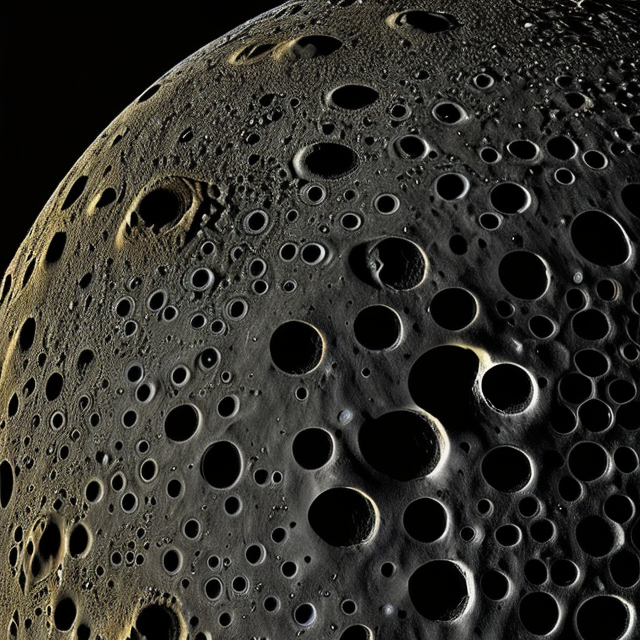|
|
Space Astro
|
Info for exoplanet "Gyeger"
| Scientific (actual) data |
|---|
| Name | Kepler-253 b |
| Planet status | Confirmed |
| Radius | 0.145 |
| Orbital period | 3.78399 |
| Semi major axis | 0.046 |
| Discovered | 2014 |
| Updated | 2021-02-05 |
| Tconj | 2454970 |
| Impact parameter | 0.27 |
| Publication | Announced on a website |
| Detection type | Primary Transit |
| Alternate names | 2MASS J19272207+4451291 b, K00921.03, KIC 8689373 b, KOI-921 b, KOI-921.03, WISE J192722.06+445129.2 b |
| Star name | Kepler-253 |
| Right ascension | 291.84° |
| Declination | 44.86° |
| Mag j | 14.055 |
| Mag h | 13.632 |
| Mag k | 13.534 |
| Star distance | 858.93 |
| Star metallicity | 0.052 |
| Star radius | 0.79 |
| Star temperature | 5208 |
| Star alternate names | 2MASS J19272207+4451291, KIC 8689373, KOI-921, WISE J192722.06+445129.2 |
| Wikipedia article | Kepler-253 b |
Back
| |
| Fictional info (?) |
|---|
| Suggested name | Gyeger |
| Planet type | Hot planet |
|
| Atmosphere | Xenon | 73% |
| Formaldehyde | 21% |
| Hydrogen | 4% |
| Water vapor | 1.9% |
| Atmospheric pressure | 0.015 bar |
 |
| No known satellites |
| Google search for Gyeger |
|
Website by Joachim Michaelis
|
|
|
|